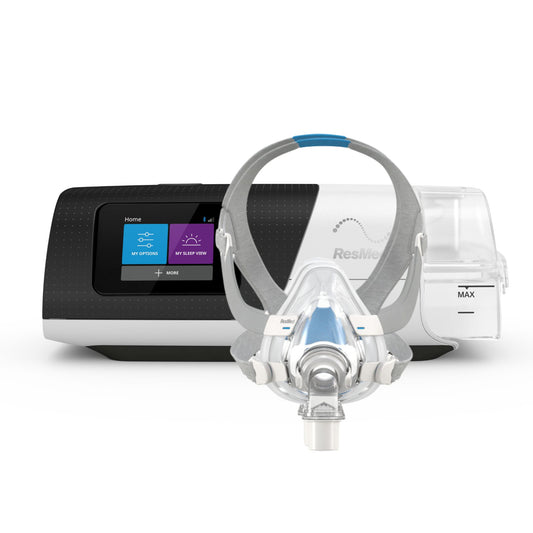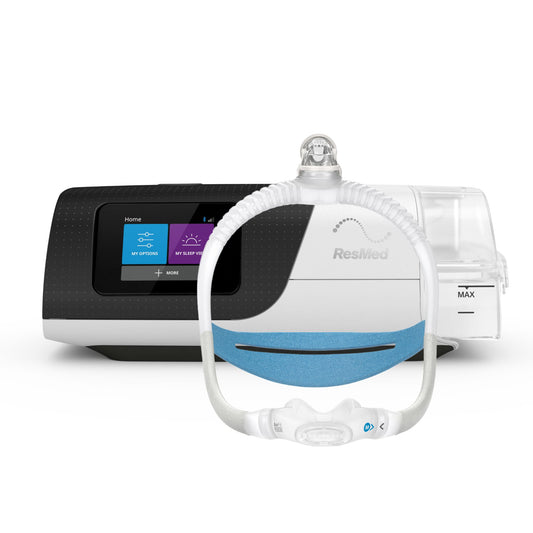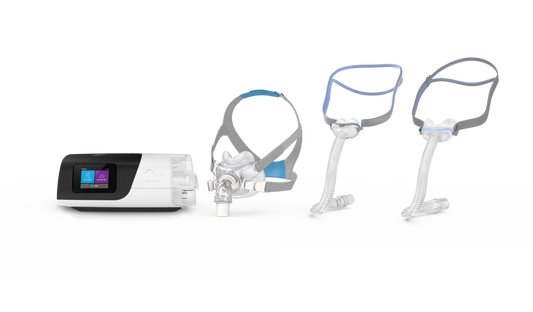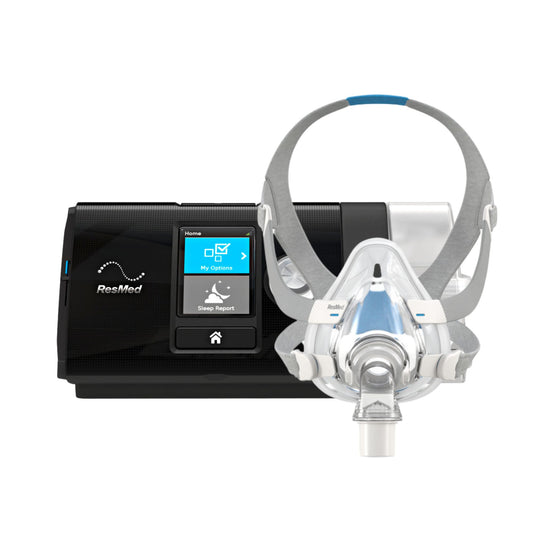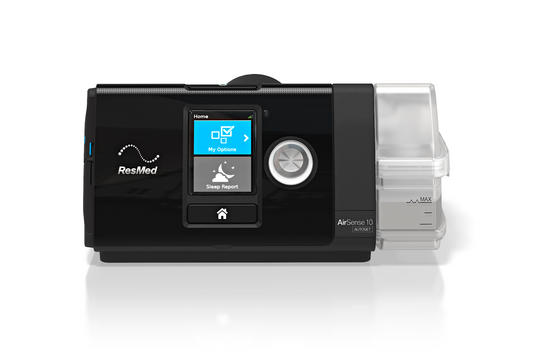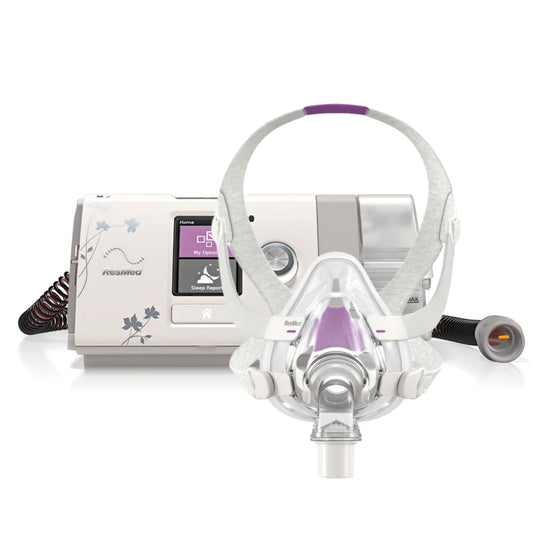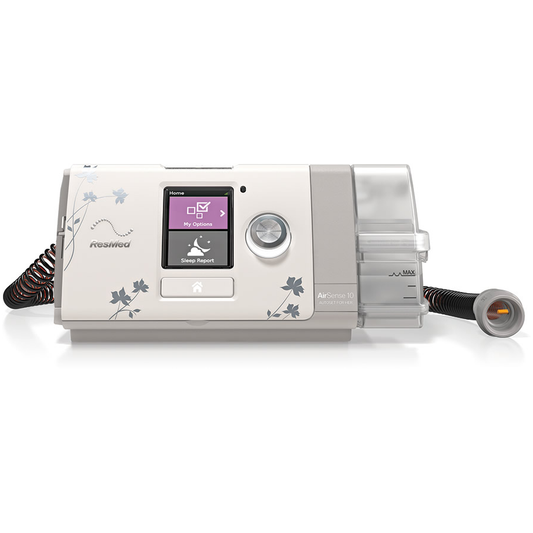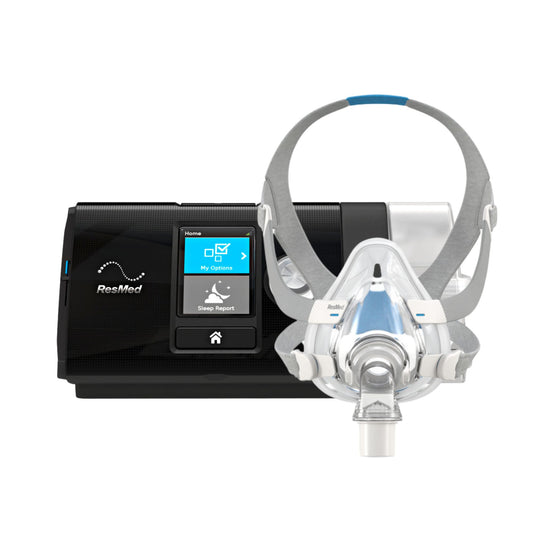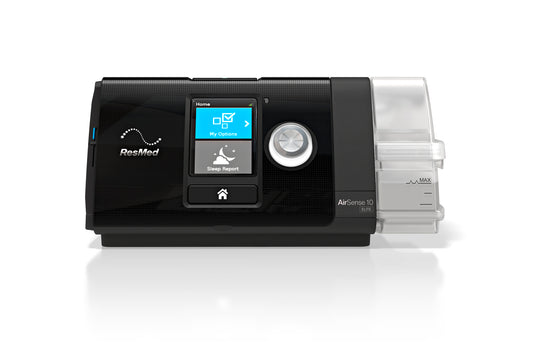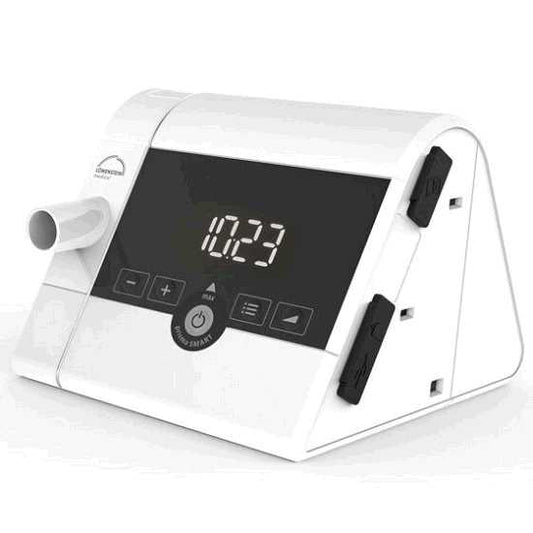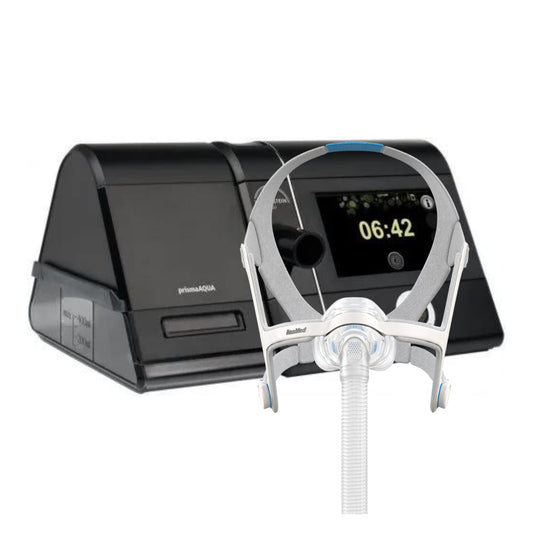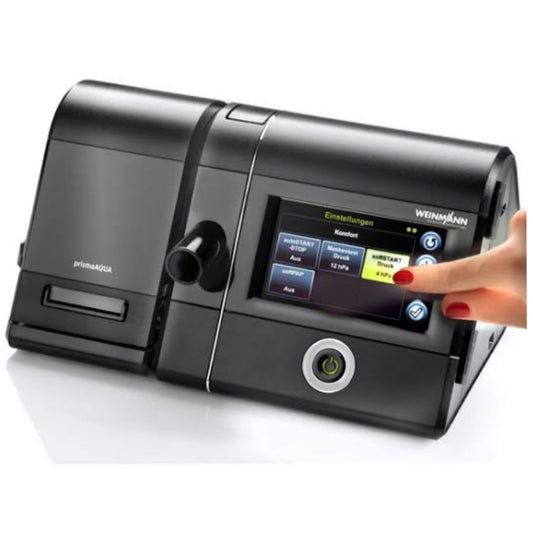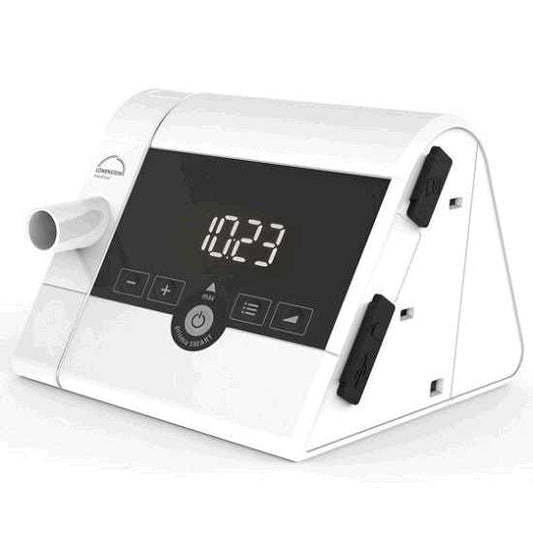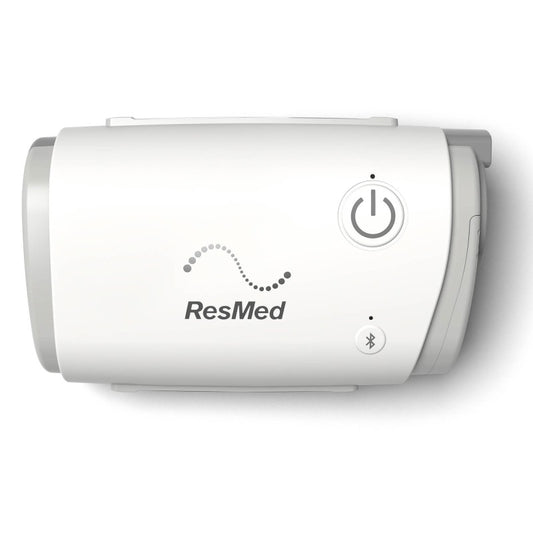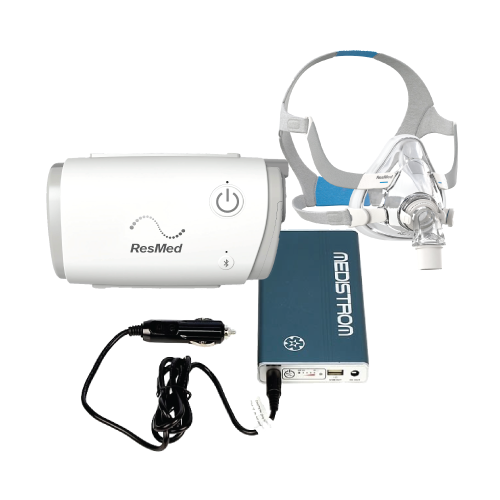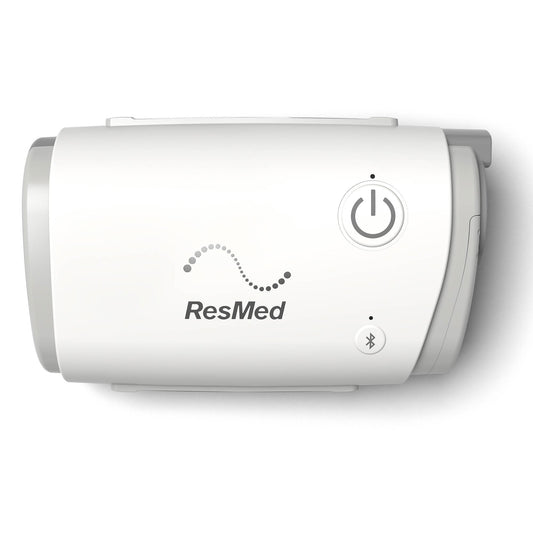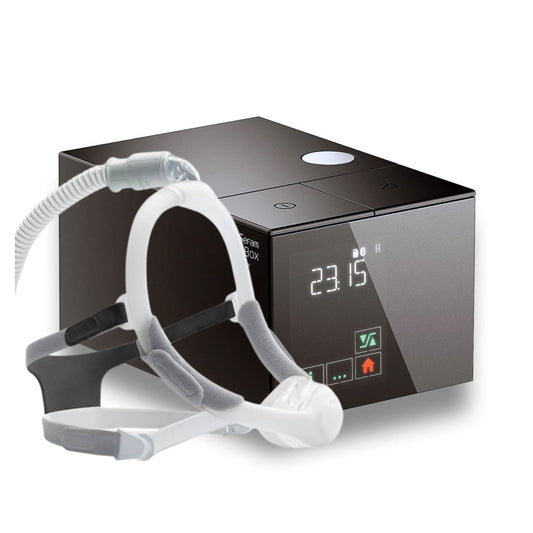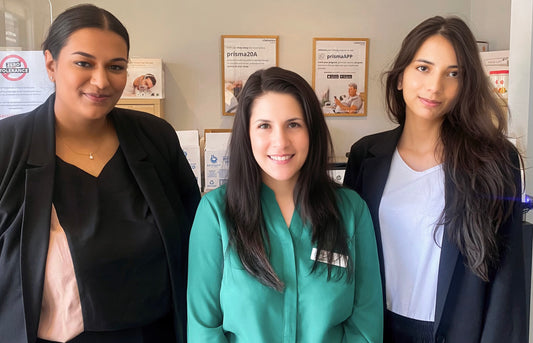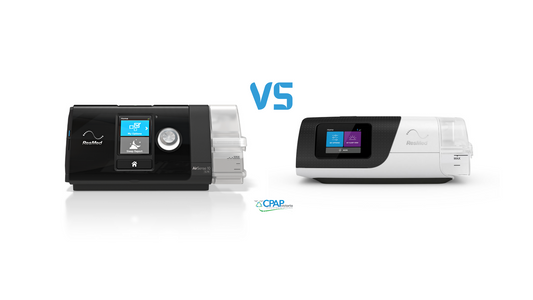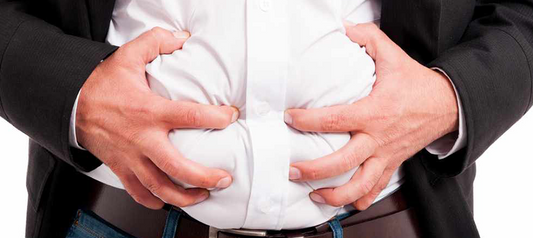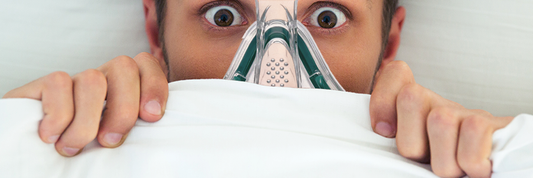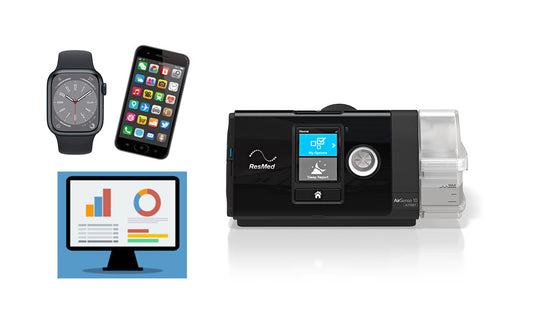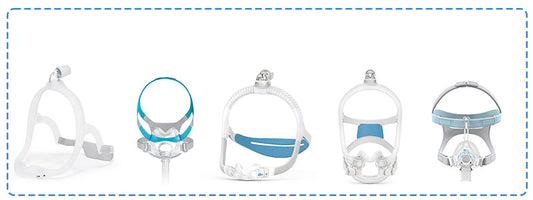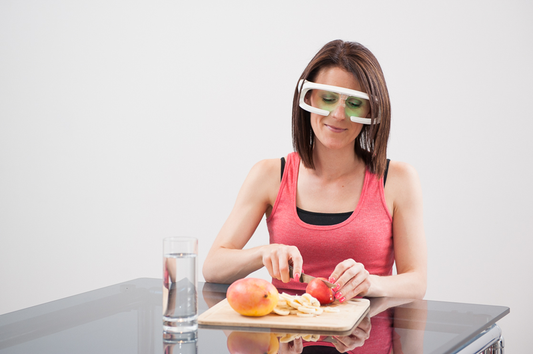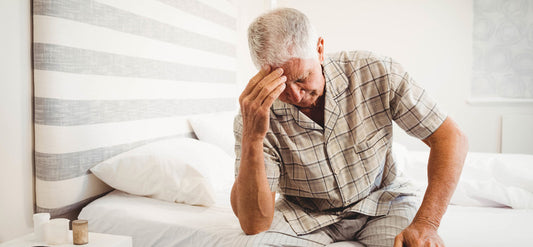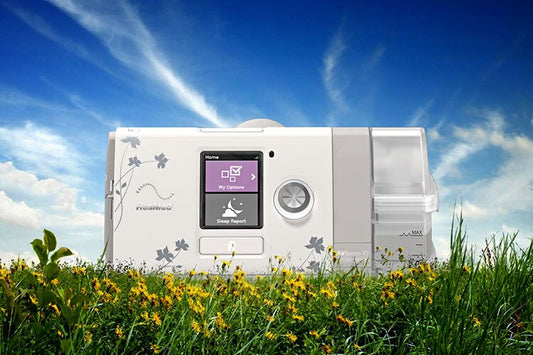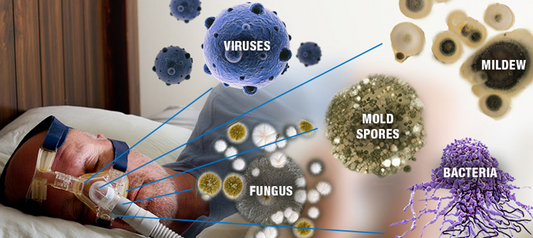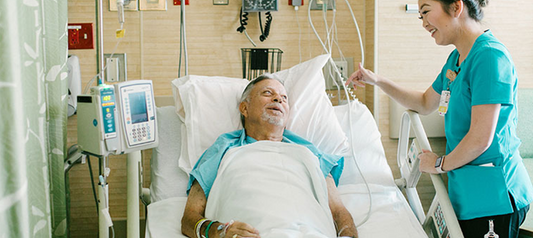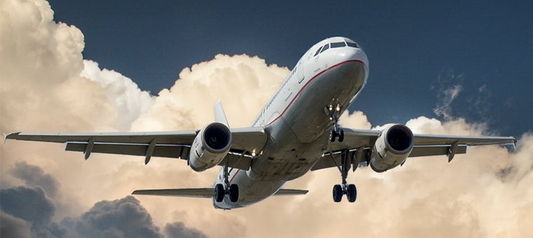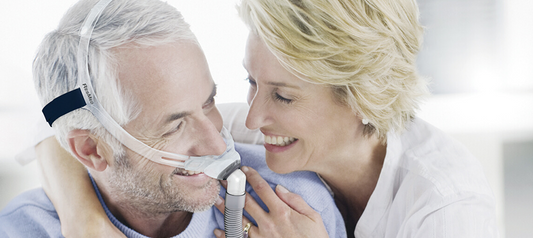There are CPAP machine users who have to deal with running nose and sneezing problems while on CPAP therapy. Some experience running nose while undergoing actual therapy while there are those who have sinus and sneezing problems during the day. It is a Catch 22 kind of thing. These patients need the CPAP therapy and therefore have to bear with the misery of running nose and incessant sneezing during the day OR do away with the therapy, no runny nose and sneezing, but suffer the consequences of untreated obstructive sleep apnoea.
Why Does CPAP therapy cause running nose and sneezing?
When CPAP-processed air enters a person’s nasal cavity and throat, the air naturally dries, consequently making the temperature drop, thereby cooling the throat and nasal cavity. The dry and cool CPAP air can lead not only to sneezing and runny nose, but to sore throat as well. For some, the condition might last for a few days or a week; but as they acclimatize to the therapy the condition goes away on its own. For others, the condition of runny nose, sneezing and sore throat does not diminish even after being on CPAP therapy for weeks.
There are many factors that could cause the condition. To get to the root of the problem some of the factors to consider are:
- type of CPAP machine
- type of humidifier (heated or unheated)
- type of mask (full face mask, nasal pillows, nasal masks)
It is also important to know if the user is a mouth breather or not, and if water is retained in the CPAP hose after each overnight use.
Solutions to the Problem
Heated Humidifier: Since CPAP air becomes dry during therapy, this condition is more aggravated if the patient is using an unheated humidifier. Obviously, using a heated humidifier is the answer if this is the case. The water in the CPAP reservoir is warmed by the heated humidifier. The warm air produced is mixed with the general air flow, effectively warming and moistening the air flowing into the user’s mouth and nose. There is no one humidity setting that will work for everyone. It is up to the user to experiment with the air temperature setting that will suit his needs.
HEPA Filter: In some cases, the culprit may be allergens. If the user is on a full face mask, the material could be an allergen. CPAP filter only filters big particles from the air. Pollen and other dust mites cannot be filtered by CPAP filters. If the runny nose and sneezing seem to be reactions to allergens, it is best to see call on one’s sleep doctor and primary care doctor for initial assessment. A HEPA filter on a CPAP machine is one precaution for allergic reactions to CPAP therapy.
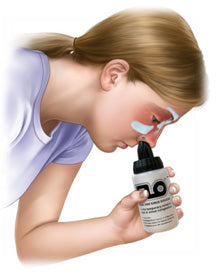 Sinus Irrigation: One way of getting rid of congestion is by doing sinus irrigation or rinse. Doing this will clear one’s nose of mucus, making it easier for the CPAP user to breathe. Sinus irrigation will also clear the nose of any allergen or germs that could irritate the lining of the nose. It is best to consult with an ENT initially. There are sinus rinse kits available over the counter.
Sinus Irrigation: One way of getting rid of congestion is by doing sinus irrigation or rinse. Doing this will clear one’s nose of mucus, making it easier for the CPAP user to breathe. Sinus irrigation will also clear the nose of any allergen or germs that could irritate the lining of the nose. It is best to consult with an ENT initially. There are sinus rinse kits available over the counter.
Clean the CPAP machine every after use. Wash each part of the equipment thoroughly more so if one has sinus problem or runny nose. It is best to change the water of the humidifier daily, air dry it, then fill with distilled water.
Call us at 1300 750 600 for consultation.
